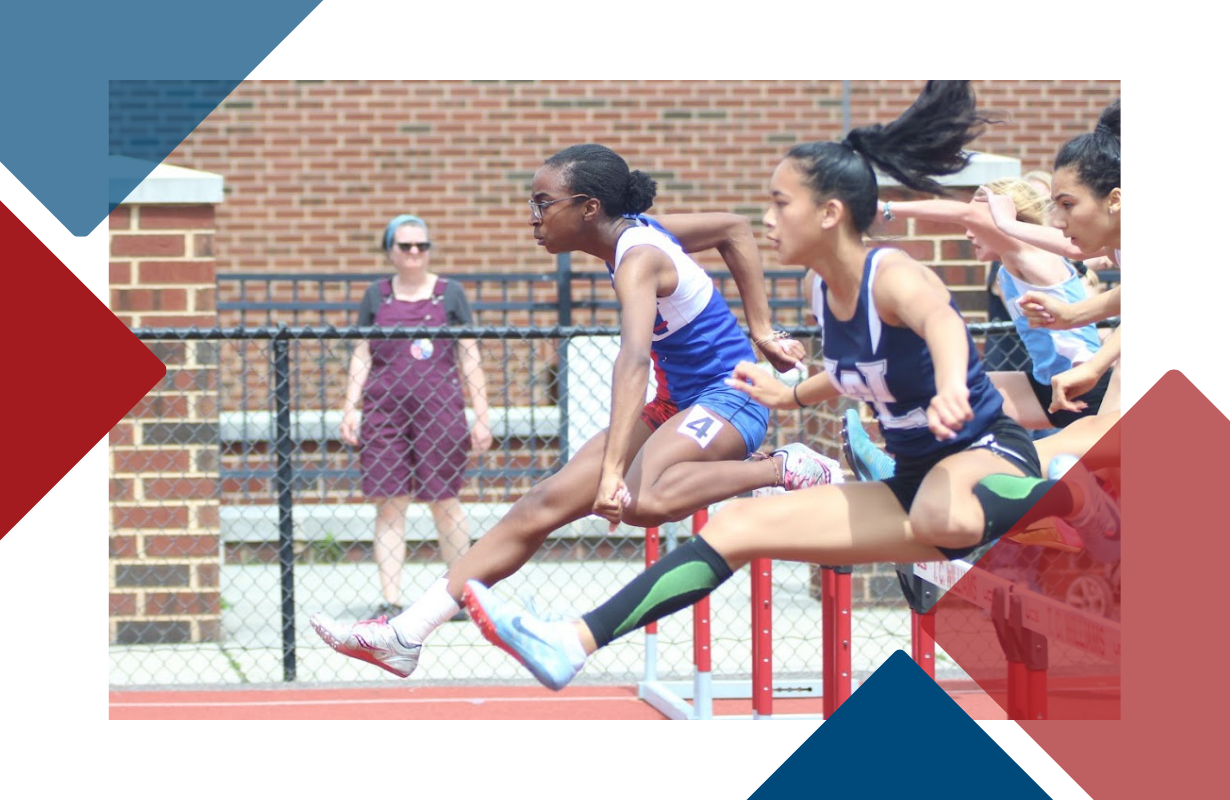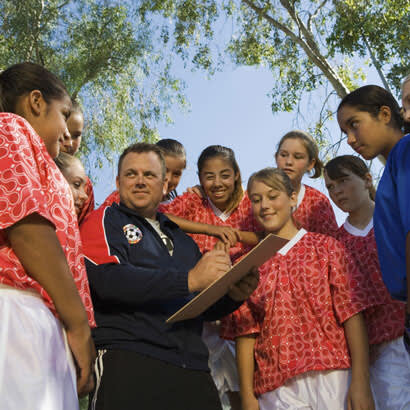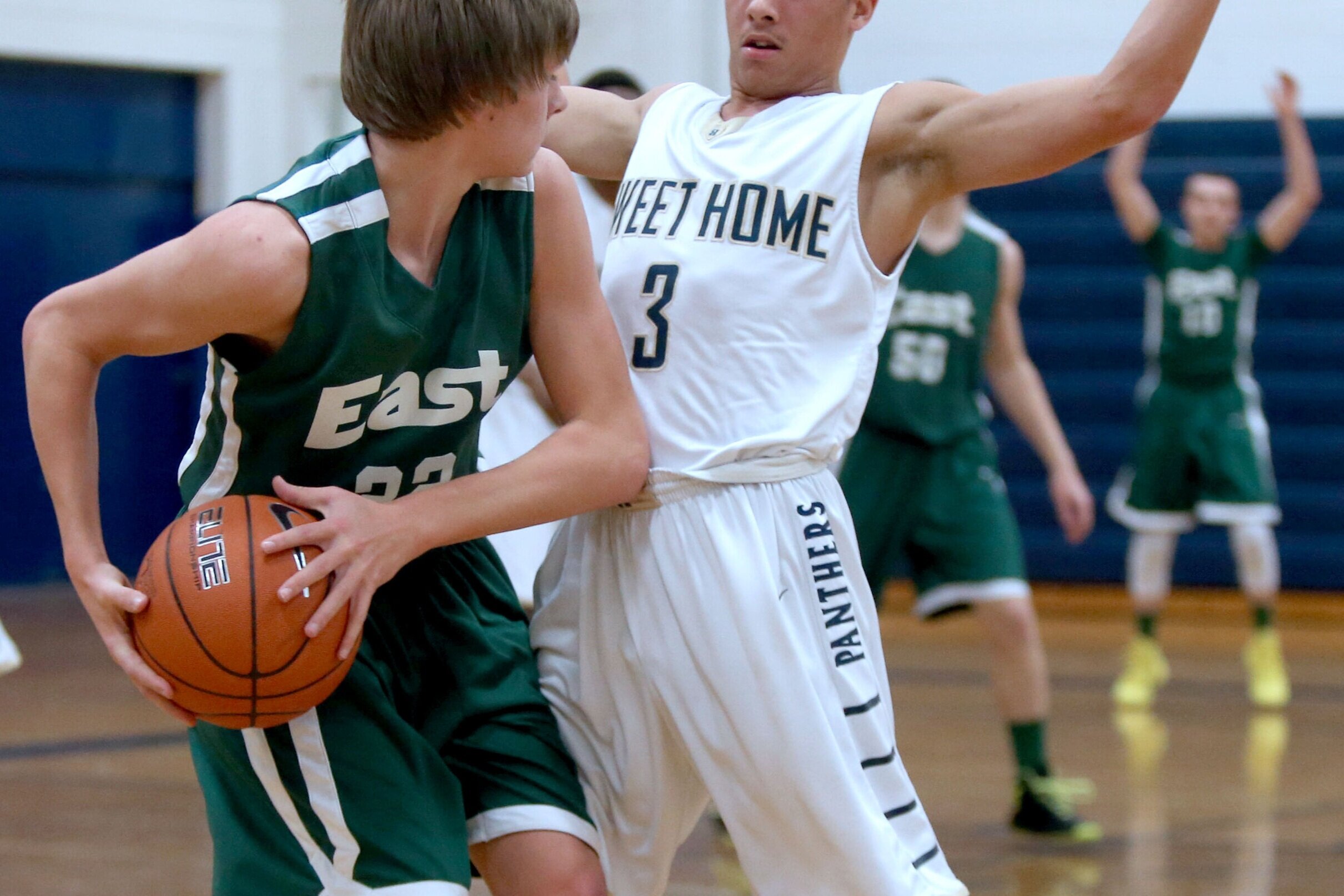The Amateur Sports Act of 1978 required the U.S. Olympic and Paralympic Committee and its National Governing Bodies to coordinate the development of amateur sports activity in the United States. But since the 1990s, and increasingly over the past decade, energies by those organizations shifted more toward the elite of our sport system with the goal of turning Olympic hopefuls into Olympic stars.
While the Olympic movement has recently created the U.S. Center for SafeSport and embraced the American Development Model, the “time has come” for the USOPC and NGBs to better facilitate the training of youth coaches, said Max Cobb, CEO of U.S. Biathlon and chair of the NGB Council for the USOPC.
“From my perspective, and I’m speaking for myself and not as a representative of any larger organization, the next step forward is to require a baseline level of education for all youth-serving coaches, and to work with our partners – parks and rec, school systems and others – to make that a requirement for their coaches to be involved,” Cobb said.
Cobb acknowledged that such an effort won’t be easy given that 55 different NGBs operate on a national footprint and many youth sports organizations aren’t connected to their sport’s national governing body. “But it is something we can do,” he said. “People want leadership. They want to hear what the standards are. A lot of volunteer coaches out there just want to know how to do the right thing.”
The idea was one of several discussed Aug. 26 during the “The Reform We Need Now,” a conversation about the governance model of youth sports. It was the third of four conservations this summer hosted by the Aspen Institute’s Project Play initiative. Project Play is working to help stakeholders build America’s new state of play – the theme of this year’s Project Play Summit, which is going virtual for the first time and spread over four days (October 13-16).
Between now and then, Project Play will identify a set of ideas that can rebuild America with the help of community-based sports. They will be codified in Project Play’s platform for action that will help stakeholders mobilize around during Summit week. The final conversation will be Sept. 16 when Project Play explores what resources local organizations need and how sectors can collaborate to make community-based sport the dominant model through age 12.
At the Aug. 26 discussion, attended by almost 500 people, part of the conversation focused on the role of the USOPC and NGBs. In 2018, University of Baltimore law professor Dionne Koller wrote an article in favor of Congress amending the Amateur Sports Act to require reforms in athlete health and well-being, whistleblowing, and gender equity, and for Congress to create an entity charged with developing an agenda and reforms for youth and amateur sports. In a nonscientific poll, 65% of our audience said it’s a “great idea” for the USOPC and NGBs to do more to guide the development of youth athletes and programs.
Each speaker presented three ideas for Project Play to consider including in its platform for action. Here are some highlights from the discussion.
Bridget Niland, Community Foundation for Greater Buffalo Director of Youth Sports Initiatives, Project Play WNY Director
Platform for action ideas:
Create region-wide network of Project Play Councils
Develop sport sampling collaboratives among youth leagues
Leverage “power of the permit” with organizations to require trained coaches as condition of field/facility use
Collective impact with community stakeholders to improve access to sports: “Originally, you think everybody is coming to the table because they want to get a grant. We haven’t found that to be the case. A lot of people want to come to the table for the conversation. … All of us Buffalonians are really proud, but things are really challenging here in Buffalo in terms of being post-industrial, not a lot of resources, not a lot of philanthropy. So when we have 100 or so people involved in our workgroup and stakeholders, we definitely have a feeling that if we can accomplish this in Buffalo, it can be replicated in other regions that may be resource challenged or may have more resources.”
Power of the permit: “The area we’ve been looking most closely at, and is a low-hanging fruit, is the power of the permit. … We’ve been working very closely with individuals who issue those permits (to use sports fields and indoor facilities) and have started a few pilot municipalities, simply by asking questions. Do you train your coaches? Do you hold an orientation? Have you provided Calls for Coaches to all of your coaches as a nice, simple pathway to coach kids? … We don’t want to create an unfunded mandate that creates even more stress on youth sports organizations that are doing amazing things with very few resources. What we’re working to create would be a free type of orientation to each youth sports organization that would train the trainer for the start of each season. We want to provide many online resources, including Nike’s How to Coach Kids.”
Adriana Sánchez Parés, Department of Recreation and Sports Secretary, Government of Puerto Rico
Platform for action ideas:
Create a state-level Department of Sports and Recreation that reports to the governor
Develop charter and scope that includes responsibility to: promote sports and recreational activities through engagement with the right partners; oversee the safety of participants through the provision of clear guidelines and regulations; license providers and certify that coaches are qualified
Identify revenue source(s) to fund department activities: e.g. sports betting revenues, unclaimed lottery prizes, hotel room tax, general fund
Tom Farrey for the New York Times on Puerto Rico’s efforts
Why Puerto Rico now regulates youth sports through a $52 million department budget: “It started with concerns of the increase in tournaments and games kids were playing in the island. We could see clubs and schools and every team playing at the same time, so we could have kids playing eight times a week. … We started our research process two years ago. It was burdensome, but it was very important for us to have the input of every sector and all the stakeholders we have in the island. We met with physicians, coaches, presidents of (sport) federations – everybody we could think of.”
What the rules are and how they get enforced: “Parents want their kids to win and be the star, so we needed to make a balance between what was happening with the amount of competition and what we learned is safer.” For each sport, Puerto Rico created limits on how much time kids at various ages can practice and play every week. Master calendars were also created, so in basketball, Nov. 1-March 15 is when the school season gets played, March 16-June 30 is for club federation tournaments, and Aug. 1-Oct. 30 is for leagues sanctioned by the federation.
“The first time (there’s a violation) it’s a warning to the organization. Then it goes from $500 fines up to $1,500. We have the power to revoke the (organization’s) license. … Whenever you want to change the status quo, you’re going to have resistance. … We do need to improve (enforcement) and make sure the coaches are complying, and we rely on the federations to help us.”
Max Cobb, U.S. Biathlon CEO, Chair of the NGB Council for the USOPC
Platform for action ideas:
Require USOPC work with NGBs to develop a common youth sport education and certification program required by each organization delivering youth sport in America. Courses should be online and include American Development Model, SafeSport training and background checks.
Together, USOPC and NGBs should build a plan to make sport more accessible to every child in America
Fund this plan through a combination of sport betting and a national sport lottery
Tom Farrey on sports betting in the public interest
Role of government in reforming youth sports: “The last thing we want to do is create these giant bureaucracies. But we have to recognize and acknowledge the incredible health and education benefits that come to kids when they get the right amount of physical activity. These benefits have to be available to every citizen. Government really does have an obligation, just as they do to provide education programs, to ensure some form of physical activity and recreational programs are being delivered.”
Ability of NGBs and USOPC to do more given the economy: “These have been really, really tough times. Nearly every organization has had to make major changes in their operation. What’s clear is there will be an after COVID, and sport will be really important in that. As we all have time to contemplate the restart, I think it is the right time to think of some bigger initiatives we can do together. … It’s inspiring to see Adriana’s program working with a budget of about $50 million per year. For a sense of scale, $50 million is a little less than what the USOPC delivered to the National Governing Bodies for high-performance sport in direct funding. There’s room for all of us to take some inspiration from what she’s done in Puerto Rico.”



























